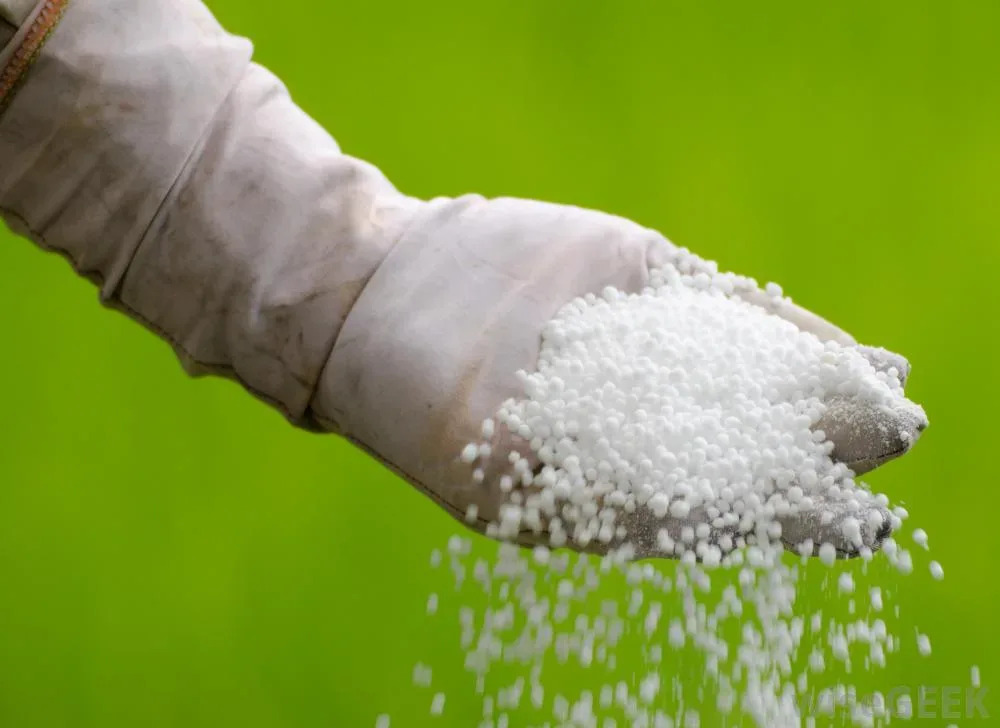In response to a significant gas price escalation enforced by the federal government, manufacturers, including Engro Fertilizers, are forced to adjust urea rates.
In response to a significant gas price escalation enforced by the federal government, manufacturers, including Engro Fertilizers, are forced to adjust urea rates. Effective March 1, 2024, Engro Fertilizers has announced a hike of Rs 785 per bag (including FED) in urea prices.
This move follows Fauji Fertilizer Bin Qasim Limited (FFBL), which previously increased urea prices by Rs 1,350 per bag. Engro Fertilizers’ decision mirrors FFBL’s action, aimed at offsetting the impact of the gas price surge.
However, Engro Fertilizers has opted not to raise the selling price of imported urea, aiming to ease the burden on farmers. Imported urea, procured by the government and distributed to producers for sale to farmers, remains unaffected.
The decision to raise urea prices by FFBL and Engro Fertilizers stems from the government’s substantial hike in gas input costs for fertilizer manufacturers operating on the SNGPL and SSGC network. Gas prices for these manufacturers, constituting 60% of the total capacity, have surged from Rs 580/mmbtu to Rs 1,597/mmbtu. Conversely, fertilizer manufacturers on the Mari network, comprising 40% of the total capacity, still enjoy subsidized prices at Rs 580/mmbtu.
This discrepancy in gas pricing has led to market distortions, resulting in varying urea rates. Presently, urea prices for FFBL, Engro Fertilizers, and Fauji Fertilizer Company Ltd stand at Rs 5,489 per bag, Rs 4,647 per bag, and Rs 3,767 per bag, respectively.
Experts caution that such differential gas pricing may derail fiscal objectives and lead to urea price volatility, providing an avenue for middlemen to exploit excessive profits, estimated at Rs 80-100 billion. This situation could force farmers to purchase expensive urea.
Industry insiders advocate for equalizing gas rates across the fertilizer sector to mitigate market distortions and align with IMF recommendations to phase out subsidies. This bold strategy aims to stabilize the urea market, bolster farmers’ interests, advance the government’s economic agenda, and foster fresh investments in the fertilizer industry.
In conclusion, the government’s recent gas price surge has triggered a chain reaction in the fertilizer industry, prompting adjustments in urea rates. The proposed reforms to standardize gas pricing across manufacturers hold the potential to bring stability to the market and benefit all stakeholders involved.
